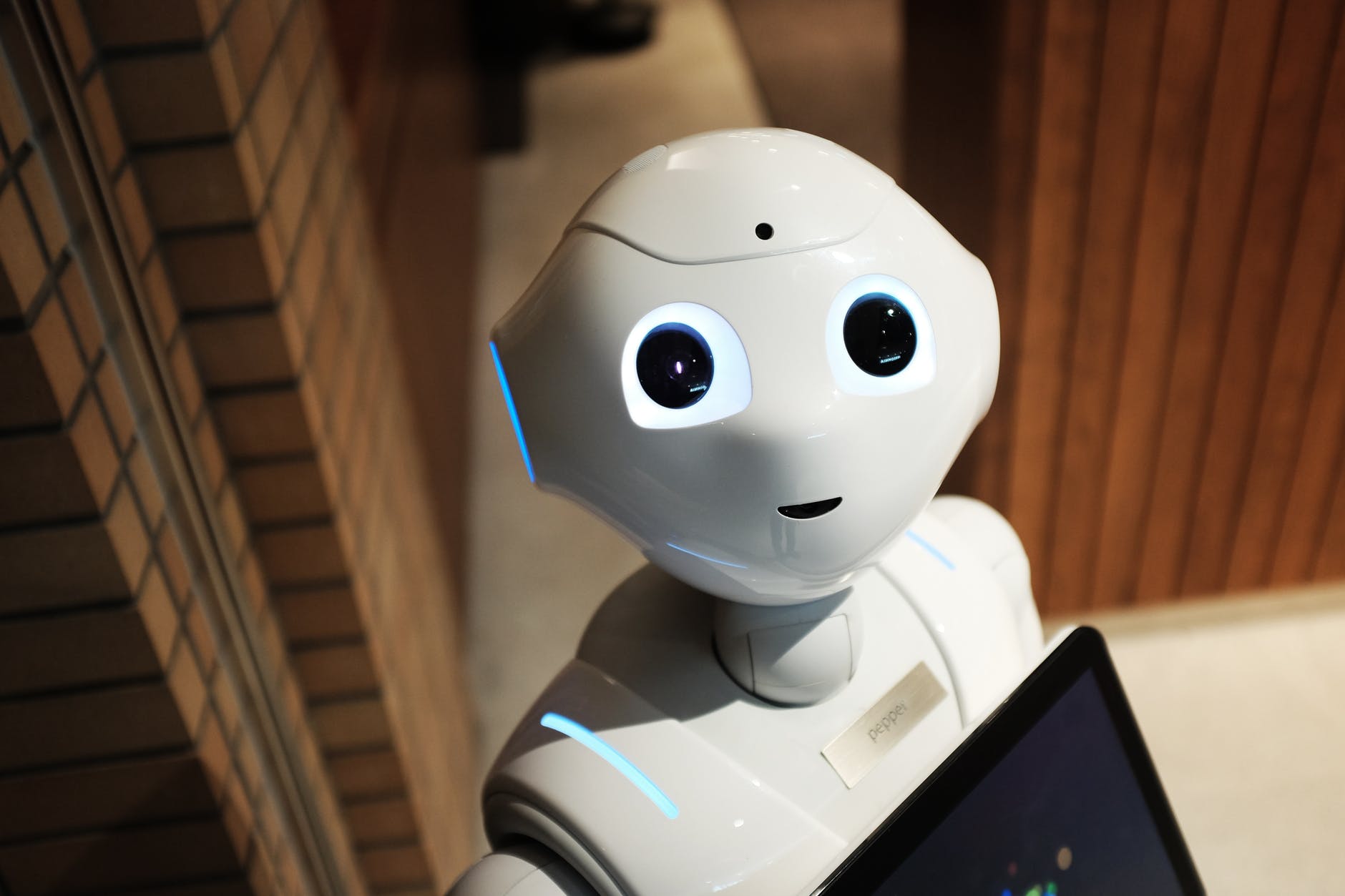Two decades back, whenever the media mentioned robots, it created tremendous excitement. But today, they are seen as run-of-the-mill as they slowly occupy a greater place in human lives.
Growing uncertainties and supply chain disruptions like COVID-19, cyber attacks, trade wars, a shortage of human resources etc have necessitated the need for adopting new technologies like robotics for different industries.
Businesses are aggressively working to adapt to the new requirements of the so-called industrial revolution 4.0. Robots are a pivotal component to this end, so it is crucial for enterprise businesses to know which industries are likely to get transformed by them. These include:
Supply chain and logistics
By 2023, 30% of operational warehouse workers will be supplemented, not replaced by collaborative robots. At least 50% of large global companies will be using AI, advanced analytics, and IoT in supply chain operations. – Gartner, Predicts 2019: The Future of Supply Chain Operations.
Robots in supply chain and logistics are no longer a part of science fiction. Businesses are programming robots with artificial intelligence to learn from their surroundings or from vast data sets to make decisions independently.
The COVID-19 pandemic has served as a catalyst for tech adoption in the supply chain industry. When workers were at risk of viral transmission, they were kept away from shop floors and production plants. Many businesses heavily relied on autonomous robots to perform tasks that would be hazardous to human safety. They already have a strong presence in manufacturing, warehousing, and final assembly.
Today, we are seeing businesses experimenting with drones and aerial robots to deliver groceries, essentials, and medicines to customer doorsteps. It is just a matter of time before we see robots working in greater numbers in delivery vans, distribution centers, and parcel sortation hubs.
Robots are helping logistics businesses to improve the quality standards of their 3PL warehouse automation functions. The future will witness online logistics platforms working in unison with robots and autonomous delivery vehicles.
Advantages of using robots in supply chain and logistics
- Reduces long term business expenses
- Provides utilization and labor stability
- Minimizes the frequency of inventory checks
- Improves access to difficult and dangerous locations
- Improves workforce productivity and efficiency
- Reduces error rates in logistics operations
- Helps to optimize sorting times
- Easier to remotely manage large-scale operations
- Effectively streamlines fulfillment practices
- Improves order fulfillment rates and delivery speeds
- Improves customer satisfaction and reduces labor costs
- Increases speed and accuracy of routing logistics operations
Robotics in healthcare
Healthcare is one industry where research takes place globally for making procedures faster and easier. The top priority for the healthcare industry is accuracy and this has necessitated the usage of robots to attain its highest levels.
Robotics has the potential to change everyday healthcare practices like surgery, rehabilitation, patient companionship, therapy, etc. They are programmed to make the tasks of healthcare professionals easier and more effective. The adoption of automation technologies can help healthcare professionals perform surgical procedures with utmost precision and safety, thereby reducing the risk to the health of patients.
Robots are the best-in-business for safer logistics of temperature-sensitive healthcare items or regular healthcare products. With healthcare logistics in full swing, many tech companies have started producing medical robots for both B2B and B2C markets.
Some examples of robots working in healthcare include:
- Robotic lifting machines that help nurses to lift geriatric or immobile patients
- Companion and remedial robots to comfort patients with mental health issues
- Robots that control tiny surgical instruments inside a patient’s body with ultra-precision
- Arm robot lab assistants that assist in medical experiments
- Mobile robots that deliver food, linen, and medical supplies through trolleys to patients and staff
Robotics in agriculture and food
The agriculture industry has been working to adopt different robotic technologies to boost their productivity and reduce their overall costs.
Farmers have already been using tractors and harvesters self-guided by GPS. They have slowly started using automation for thinning, mowing, fruit picking, harvesting, pruning, weed removal, and spraying. They are also using sensor technology to manage pests that affect their crops. The usage of robotics and IOT help them supervise greenhouse atmosphere readings, thereby enabling them to automate procedures to keep their crops safe.
Many restaurants are performing functions like adding toppings and spreading dough through state-of-the-art technologies. This helps them process food orders with minimal errors and maximum efficiency.
Military and defense
The military Robots market size is projected to grow from USD 14.5 billion in 2020 to USD 24.2 billion by 2025, at a CAGR of 10.7% from 2020 to 2025. Drivers for this market include the increasing use of robots for mine countermeasures and the increasing use of UAVs in life-threatening missions. – Military Robots Market, Global Forecast to 2025, Markets and Markets report.
Robots have revolutionized the defense and military activities of nations globally like unmanned drones. They are helping armies to surveil and support military operations in times of crisis during wars and conflicts. It helps organizations assess the danger levels of human-made and natural disasters, and provide first-time responders with real-time, actionable information.
Drones have also made disaster response quicker, more effective, and accurate without bringing harm to human responders. In the near future, we could witness robots traversing different terrains to operate in disaster situations.
Some types of robots used in military and defense include:
- Robotic submarine system: Protect navy ships, and detect water sources efficiently at various levels.
- Combat robots: Used for aerial refueling, electronic warfare, enhancing damage management, fire support, and many more.
- Explosive ordnance disposal robots: Identifying and disarming risky traps, minimizing the impact of fireworks, stopping explosives.
Home services
We have so far discussed industry robots or robots for enterprise businesses. Though there are many robots that are creating an impact in different industries, consumer robots will become common in the near future. We may see home service businesses partnering with robotic firms for using home service robots for activities like house cleaning.
Robots are slowly dominating the home services space as educators, personal assistants, lawnmowers, companions, etc. With the applications of artificial intelligence and machine learning, household robots will become more advanced.
Conclusion
Though robots have rendered some jobs in many industries obsolete in the short term, experts opine that they will create more new opportunities in the coming times. In the long term, it makes life comfortable for humans, thereby creating a win-win situation for businesses globally. The future is exciting as we await to see how humanity advances with robotics and industries that will be completely transformed through it.



